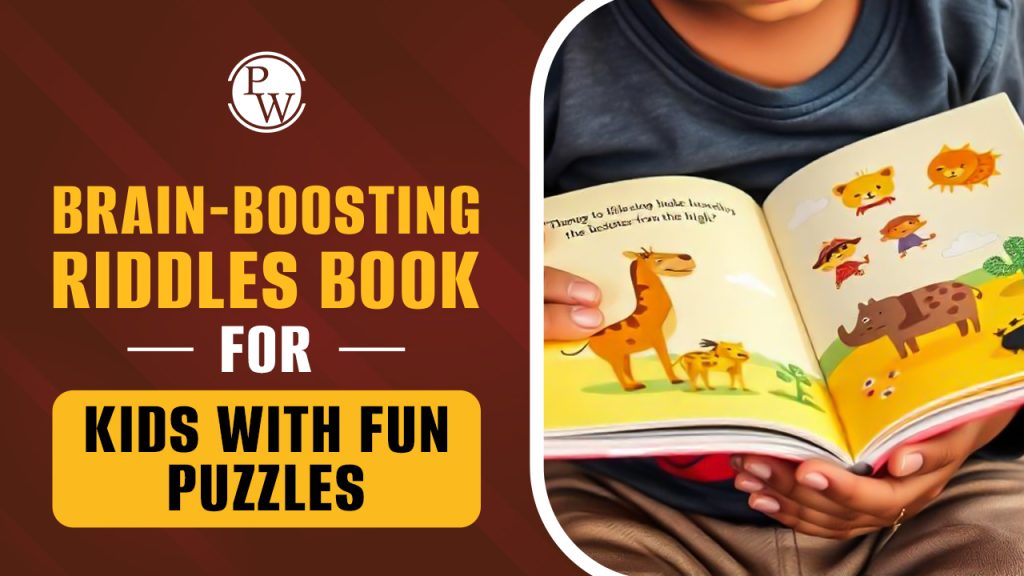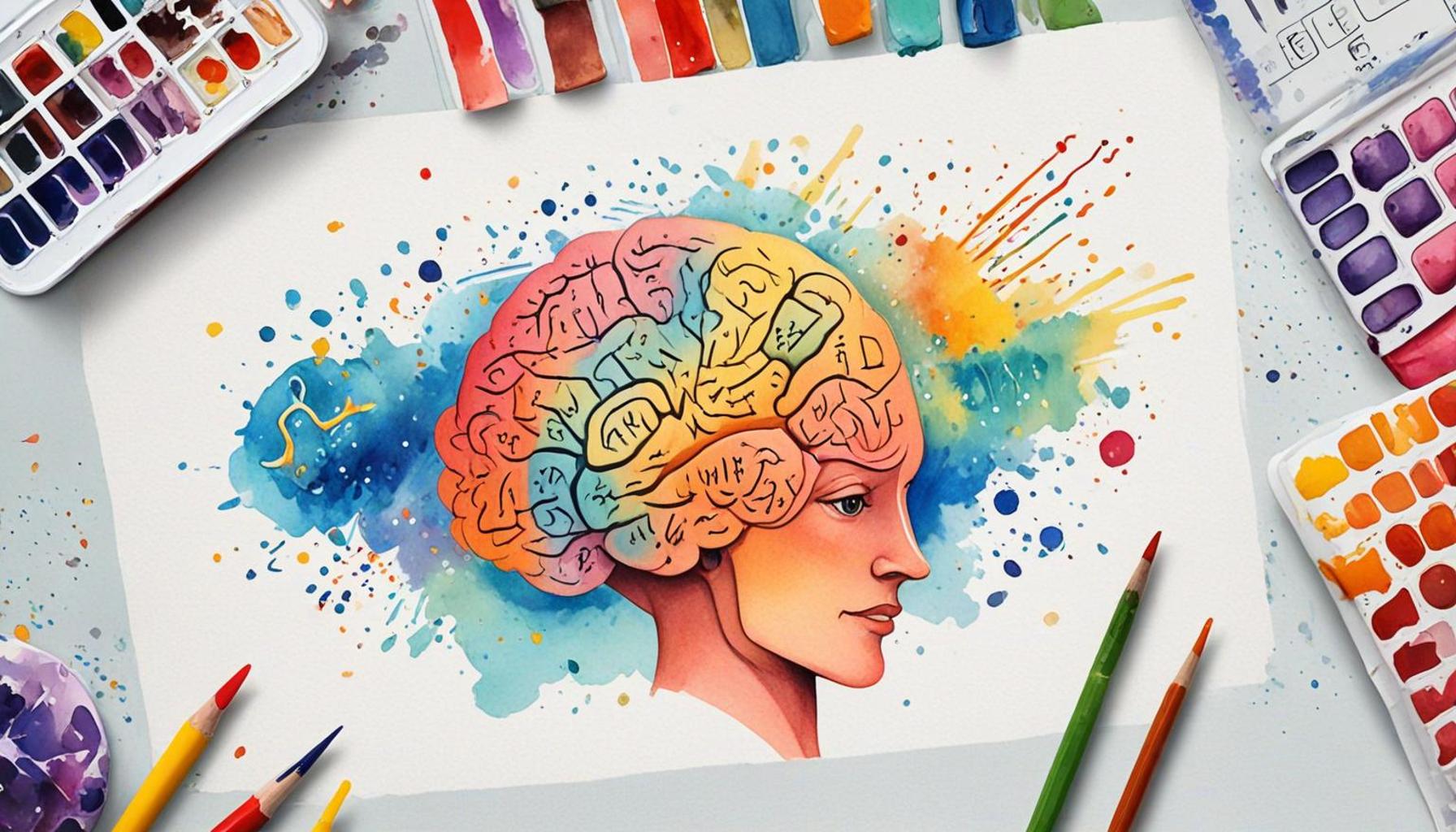How Riddles Make Learning Fun Creative Educational Strategies

Exploring the Impact of Riddles in Learning Environments
In today’s educational landscape, where creativity and engagement have become essential for effective learning, riddles emerge as an innovative method that piques curiosity and stimulates cognitive development. These playful enigmas not only entertain but serve as powerful pedagogical tools that encourage students to think outside the box. By incorporating riddles into the classroom, educators create an environment where critical thinking, problem-solving, and collaboration flourish.
One significant advantage of using riddles is the enhanced problem-solving skills they provide. When students encounter a riddle, they must dissect it carefully, considering all the clues presented. For instance, a riddle like “I speak without a mouth and hear without ears. I have no body, but I come alive with the wind. What am I?” requires students to engage in analytical reasoning to arrive at the answer—an “echo.” Such exercises sharpen their ability to tackle complex problems and improve their logical reasoning skills.
Riddles also promote active participation among students. Unlike traditional methods of learning, where students may find themselves in a passive role, riddles invite them to engage actively with the content. By solving riddles aloud or working together in teams, students develop a sense of ownership over their learning process. For example, a teacher can present a riddle in a mathematics lesson: “I am an odd number. Take away one letter, and I become even. What number am I?” This interactive approach can stimulate discussions and encourage students to express their ideas confidently.
Moreover, riddles offer collaboration opportunities, particularly when students work in groups to tackle challenging puzzles. This cooperative engagement not only sharpens their collective problem-solving skills but also enhances communication and teamwork. In a Nigerian context, where cultural storytelling involves riddles, incorporating local riddles can make learning more engaging and relatable for students. Traditional riddles such as “What has a heart that doesn’t beat?”—referring to an artichoke—can connect the students’ cultural heritage to their learning experiences, fostering a deeper interest in the subject matter.
As educators continue to seek creative educational strategies, the world of riddles appears to be a valuable resource. By embracing riddles, teachers can transform the educational journey into a fun, interactive, and culturally rich experience that not only captures the imagination of students but also prepares them for thoughtful engagement with the world around them. The possibilities are endless, and the joy of riddles can lead to a more profound love for learning.

CHECK OUT: Click here to explore more
Engaging the Mind: Riddles as a Learning Tool
Riddles do more than just challenge the mind; they unlock a treasure trove of educational benefits that can enrich the learning experience for students. In Nigeria, where education is often a path to a brighter future, integrating riddles into lessons can enhance various aspects of cognitive and social development.
One of the most striking benefits of riddles is their ability to foster a sense of curiosity. When presented with a riddle, students instinctively want to solve it, igniting their imagination and encouraging them to ask questions. This fosters an inquiry-based learning environment where students are not merely passive recipients of information but active seekers of knowledge. For instance, teachers can introduce riddles related to local wildlife or traditional folklore, captivating students’ attention while grounding lessons in their cultural context.
Riddles also provide a platform for improving language skills. As students work through riddles, they hone their vocabulary, learn the nuances of language, and develop the skill to interpret meaning from clues. A simple riddle such as “What has keys but can’t open locks?”—the answer being a piano—can lead to discussions about musical concepts or even inspire classroom activities related to arts and culture. This not only makes the learning process enjoyable but also enriches students’ linguistic abilities.
Benefits of Riddles in Education
- Enhanced Critical Thinking: Riddles compel students to analyze, synthesize, and evaluate information, sharpening their critical thinking abilities.
- Boosted Confidence: Successfully solving riddles can boost self-esteem and promote a sense of accomplishment, motivating students to tackle more complex challenges.
- Fostering a Competitive Spirit: Game-like riddle sessions can foster healthy competition among students, encouraging them to collaborate while pursuing solutions.
- Cultural Relevance: Incorporating local riddles can provide a more relatable learning experience, linking education to cultural heritage and enhancing community ties.
Furthermore, riddles foster teamwork and collaboration, as students often benefit from working together to uncover answers. Teachers can create group challenges where students must brainstorm solutions collectively, developing both interpersonal communication skills and a sense of camaraderie. In a Nigerian classroom, employing traditional riddles alongside modern ones can connect students with their heritage while enhancing their collaborative spirit, adapting classic wisdom into a contemporary learning framework.
In this way, riddles can truly transform education into an engaging tapestry of discoveries, creativity, and cultural insights. As educators seek innovative methods to capture the attention of their students, the charm of riddles stands out as a compelling strategy to inspire a love for learning, catalyzing exploration and engagement in ways that standard teaching methods may not. With each riddle unraveled, the excitement of learning becomes a vibrant journey worth embarking on.
How Riddles Enhance Critical Thinking
Riddles are not only entertaining; they also serve as powerful tools in enhancing students’ critical thinking skills. When students engage with riddles, they must analyze information, make inferences, and draw conclusions from limited data. This process encourages them to think deeply and critically about the content they are learning. In fact, studies have shown that incorporating riddles into educational strategies can significantly improve problem-solving abilities.
Boosting Engagement through Fun
Learning through riddles infuses an element of fun into education, drastically increasing student engagement. When students are entertained, they are more likely to participate actively in the learning process. This active participation leads to better retention of information and fosters a love for learning. Additionally, riddles can stimulate curiosity, prompting students to explore subjects beyond what is taught in the classroom.
Fostering Collaborative Learning
Riddles also provide an excellent opportunity for collaborative learning. When students work together to solve riddles, they develop teamwork and social skills. This interactive form of learning encourages communication and collaboration, allowing students to share ideas and strategies. Furthermore, the discussions that arise from solving riddles can lead to deeper understanding and insightful revelations about the subject matter.
Table of Advantages
| Category | Advantages |
|---|---|
| Cognitive Development | Promotes critical thinking and enhances problem-solving skills. |
| Student Engagement | Makes learning more entertaining, increasing participation and retention. |
| Collaboration | Encourages teamwork and enhances social skills through group problem-solving. |
These advantages mesh seamlessly with creative educational strategies, making riddles an invaluable resource in modern education. Educators are encouraged to consider incorporating these playful puzzles into their teaching to reap the benefits observed in cognitive and social development among students.
SEE ALSO: Click here to read another article
Creative Implementation of Riddles in the Classroom
To fully leverage riddles as an educational strategy, educators can implement a variety of creative techniques that resonate with Nigerian students and their unique learning environments. One effective approach is to integrate riddles into daily classroom routines, transforming ordinary instruction into exciting challenges. For example, starting the day with a riddle can set a positive tone while sharpening students’ problem-solving skills. A riddle like “What has a heart that doesn’t beat?”—referring to an artichoke—can introduce themes of science or nutrition, blending critical thinking with practical knowledge.
Moreover, teachers can host riddle competitions, where students are grouped into teams and challenged to solve riddles posed by both their peers and the educator. This not only strengthens comradeship and enhances their competitive spirit but also encourages students to think critically as they unpack the meanings behind each riddle. The incorporation of rewards—such as small tokens representing local culture or custom—could serve as a motivational tool that engages students even further.
Another creative application involves using riddles to reinforce subject-specific content. For instance, in a mathematics class, riddles can be designed around mathematical concepts, making math relatable and fun. A riddle such as “I am an odd number. Take away a letter, and I become even. What number am I?” leads to the answer being seven, and it can open discussions on numbers and properties, allowing students to view math through a lens of playfulness.
Incorporating Technology in Riddle Learning
The digital age presents new opportunities for blending technology with riddles in education. Educators can utilize applications and online platforms where students can submit their own riddles or solve riddles presented in an interactive format. This could encourage creativity as students craft riddles based on their understanding or observations, further deepening their engagement. Online educational platforms can also host riddle-themed quizzes, allowing teachers to monitor student progress and comprehension in real-time.
Additionally, community involvement can enhance the learning experience through the integration of local folklore and riddles. By inviting elders or community leaders to share traditional riddles, students can connect classroom lessons with their cultural heritage. Such interactions not only foster a sense of identity but also emphasize the importance of passing down knowledge, making learning both personal and communal.
- Cross-disciplinary Learning: Riddles provide an opportunity for integrated lessons that connect different subjects like history, science, and language arts through the same riddle.
- Interactive Learning: Using detective stories or role-plays along with riddles can immerse students in a fun narrative, prompting them to discover solutions while engaging in fictional scenarios.
- Empowerment through Creation: By allowing students to create their own riddles, educators empower them to take ownership of their learning, fostering a deeper connection to educational content.
Ultimately, when riddles are embraced as a serious teaching tool, they not only enliven the learning process but also create a rich learning environment that encourages exploration, creativity, and collaboration. As Nigerian educators continue to adapt to innovative teaching methods, riddles stand out as an amusing yet potent medium for navigating the complexities of education today.
SEE ALSO: Click here to read another article
Conclusion
In conclusion, the integration of riddles as a creative educational strategy has the potential to transform traditional learning environments into vibrant and engaging spaces for Nigerian students. By fusing intellectual challenge with fun, riddles stimulate critical thinking, enhance problem-solving skills, and foster a collaborative spirit among peers. As educators harness this playful element, they open doors to cross-disciplinary learning that effortlessly links subjects such as science, mathematics, and cultural studies.
The opportunities for incorporating technology further amplify the reach and effectiveness of riddles in education. Online platforms not only provide students with the chance to engage with riddles in an interactive manner but also empower them to become creators of knowledge themselves. This self-structured learning promotes deeper insights and a sense of ownership over their educational journey.
Moreover, engaging with local folklore and traditional riddles encourages a sense of community, connecting students to their roots while making learning relevant and authentic. As the educational landscape evolves, the incorporation of riddles can serve as a refreshing approach to tackling the complexities faced in modern classrooms.
In light of these insights, it is clear that how riddles make learning fun is more than just a beneficial method; it represents a fundamental shift towards a more dynamic and inclusive educational experience. As we embrace this approach, it’s essential for stakeholders, including teachers, parents, and community leaders, to collaborate in enriching the learning environment by continually exploring innovative strategies that keep students engaged, curious, and excited about learning.


